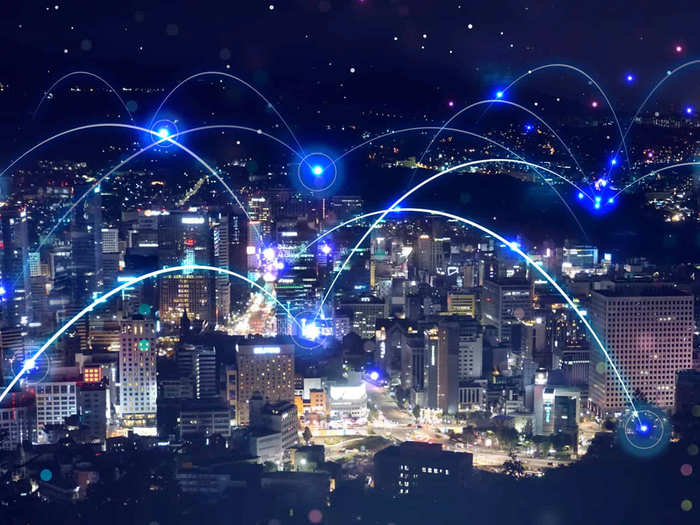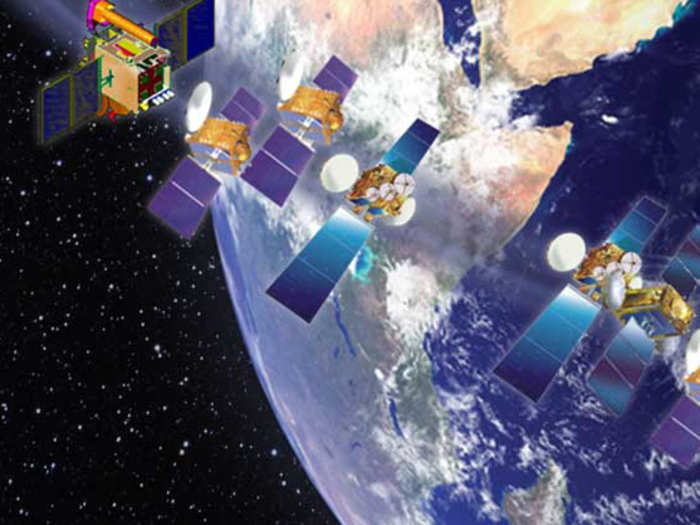- Home
- slideshows
- Five reasons why telecom operators may win the battle for 5G against ISRO
Five reasons why telecom operators may win the battle for 5G against ISRO
1. The 26 Ghz has way more airwaves

2. The 26 GHz band is the key to high speed 5G

(Source: ITU)
There are only three bands fit for ultra-high 5G speeds, according to Global System for Mobile Communications (GSMA) — 28 GHz, 40 GHz and the contested 26 GHz. The 26 and 28 GHz bands have the added benefit of being adjacent to each other. That makes it easier for telecom operators to expand networks without having to switch up too much of their equipment.
3. The 26 GHz band is globally recognised for International Mobile Telecommunications (IMT)

(Source: ITU)
Earlier this year, the World Radiocommunication Conference (WRC) 2019 identified which bands were globally acceptable to run 5G services — including frequencies between 24.25 to 27.5 GHz.
These standards set by the International Telecom Union (ITU) to provide stability across geographies and sufficient spectrum space for everyone to operate — the aim being seamless global roaming. According to them, adequate protection has been put in place for Earth Exploration Satellite Services.
4. The International Telecom Union (ITU) has already ruled against ISRO

(Source: ISRO)
The Department of Telecommunications (DoT) submitted ISRO’s proposal to restrict the transmission of 5G mobile base stations to the International Telecom Union (ITU). They wanted to cut any transmissions over 36 dBm over the 26 Ghz band, claiming that it would interfere with satellite operations.
The ITU ruled against the proposal stating that the 26 GHz band has already been earmarked for 5G services globally. Adding that access to the wave will allow telecom operators to keep 5G services affordable.
5. India’s telecom industry needs the rescue

(Source: BCCL)
Telecom Minister Ravi Shankar Prasad has made it clear that the government that no intention of lowering the prices of spectrum space for the upcoming 5G auction. But, he did suggest that the pricing structure may undergo some reforms at the India Mobile Congress (IMC) 2019.
India’s telecom industry has been operating in the red since Jio’s entry and the subsequent aggressive pricing strategies it employed. The burden of debt has only increased since the Supreme Court’s ruling on average gross revenue (AGR) increased the licence dues owed to the government for use of the 4G spectrum.
Despite the recent hike in tariffs, India’s telecom industry is in desperate need of revenue. One of the first use cases that experts expect are 5G enterprise solutions deployed for Internet of Things (IoT) devices. Keeping the 5G spectrum affordable is integral to that strategy.
READ MORE ARTICLES ON
Popular Right Now
Advertisement